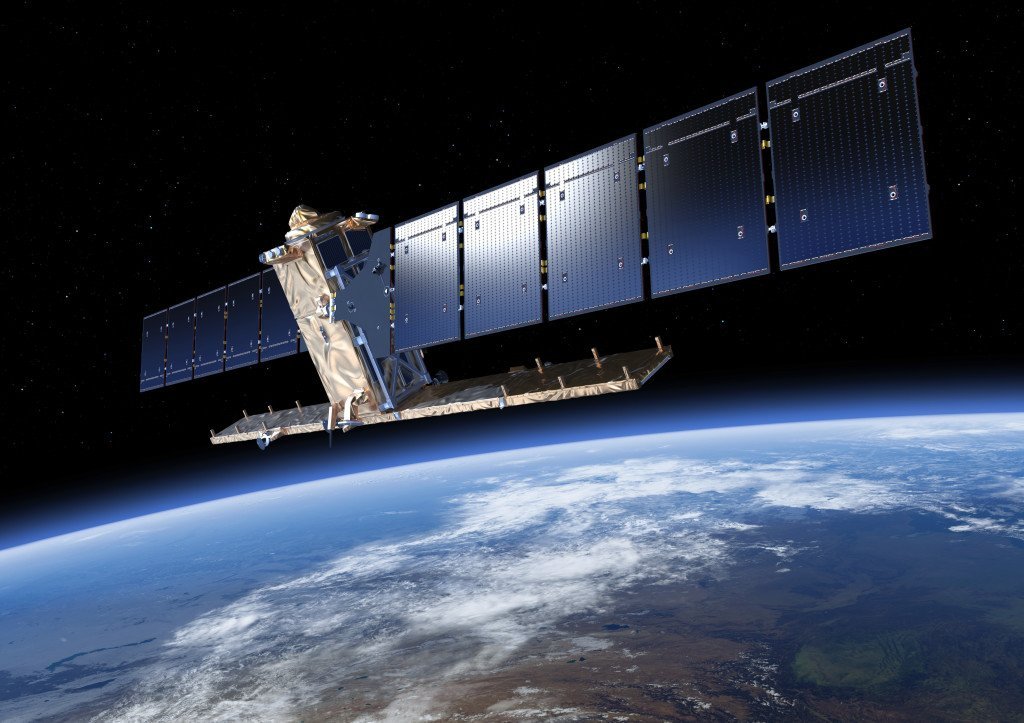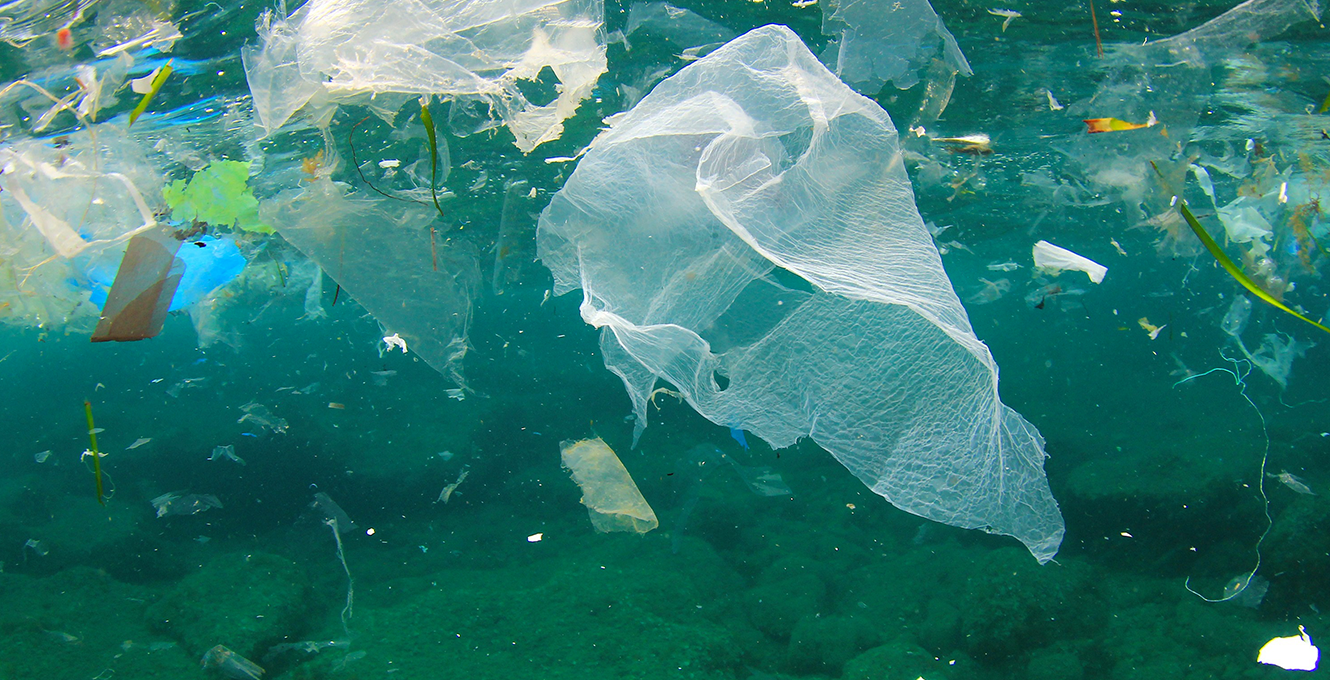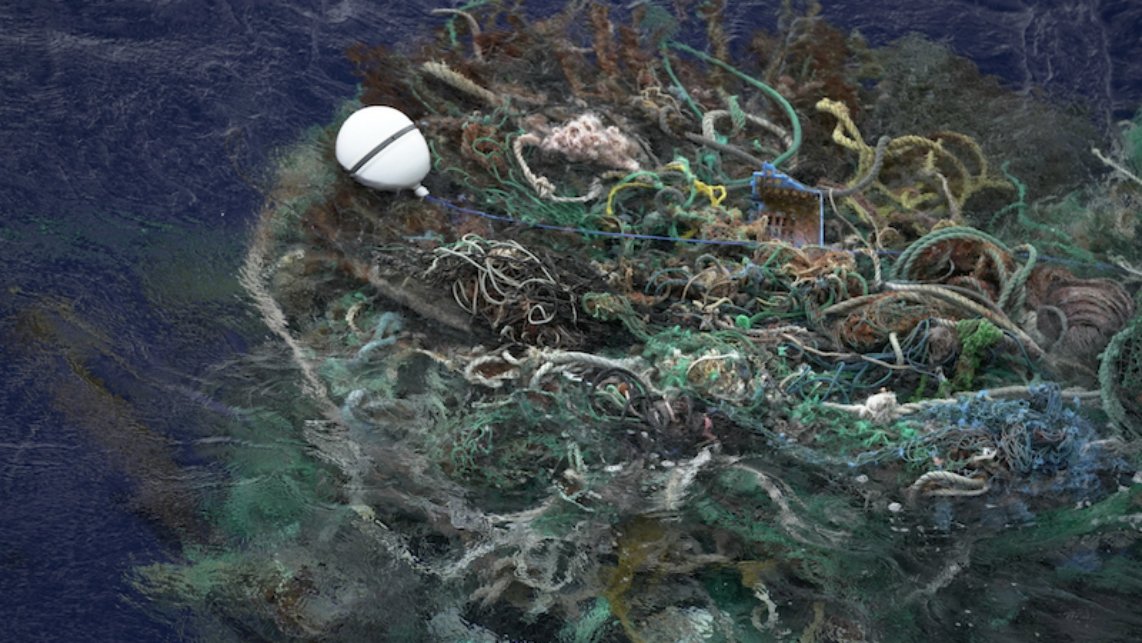© 2000-2023 - Enkey Magazine - All rights reserved
ENKEY SNC - VAT ID IT03202450924 / REA Code CA253701 - Phone. 078162719
The plastic is one of the main enemies of our future. A big pollutant that pours into the seas and in the oceans and that remains there for centuries, before to decompose, maybe not even at all. Many think about possible solutions, which arrive from everywhere and of every kind. A further help arrives now from the satellites that fathom the oceans and find out the plastic, they are, obviusly, supported then by the artificial intelligence.
How to find out the plastic in the oceans
The plastic in the ocean is one of the biggest problem of the modern civilty. Find out it and clean the water is a colossal job and it’s almost impossible. The biggest part of the plastic, infact, is on the bottom of the sea or it decomposes in microplastics and particles impossibe to see. The work of who has as purpose to clean the seas becomes so incredibly difficult.
Every year 10 million of tonns of plastic finish in the sea, which have devastating effects on the whole ecosystem. A lot of this plastic seriously affects the health of the animals, until to bring them in some case to the death. Many microplastics, therefore, are eaten by the fishes, arriving on our tables. According to the experts, going on in this way, until the 2050 there will be more plastic than fishes in the oceans.
The Copernicus program
The program Copernicus is promoted by the European Space Agency and by the European Union. It’s a serie of satellites called Sentinel, that control water and land of our planet, to give back useful informations to save them.

“The further datas will help to improve our knowledge of the changes of the sea level, of the water pollution and of the biologic produttivity. It will even give informations about the spread of the wood fires, of the land use, of the vegetation status and the level of water in the lakes and in the rivers”.
The satellites Sentinel are looking for the garbage since the 2017, by creating a real map of the oceanic garbage.
“Sentinel 3B has three kind of different sensors which allow the check of the sea level, the temperature of the sea surface and of the one that we call the colour of the ocean, that help to characterize the biogeochemical contenent of the ocean”. It’s right that colour the first alarm ring of the presence of the plastic.
The artificial intelligence looking for the plastic
The observations of the Sentinel satellites are then sent to the artificial intelligence, which is able to recognise pieces of plastic bigger than 5 millimeters, being able to distinguish it from other natural floating elements, like seaweeds or wooden pieces.

Since they were activated to today they took part of many experiments in different polluted areas of the world, form the south african port of Durban, to the greek coast of Mitilene, from Accra in Ghana, to the islands San Juan in Canada, by reaching a precision, according to the different areas, from the 86% to the 100%.
The system can be really useful because at the moment many of the identified floating elements are harmless natural materials.
Dregded up 40 tonns of plastic
The last summer, thanks to the joined usage of drones, satellites and artificial intelligence, the expedition Ocean Voyage Institute dregded up 40 tonns of plastic from the ocean, a record. It’s assumed that the garbage that was in the ocean arrived from the Great Pacific Garbage Patch, the incredible and terrified island of garbage of the Pacific.

They spent 25 days to successfully complete the biggest mission of cleaning og the ocean ever made. The mission was focused on the ghost nets, massive fishing nets that trap other garbage becoming a big danger for the sea population. The Ocean Voyage Institute found during its mission a net of the record weight of 8 tonns.
“It’s very disturbing surfing the one that once was a wild and uncontamined ocean and find it full of garbage too much familiar. Urgent actions are needed to all levels: we need to limit the production of disposable plastic materials, to avoid that the trash arrives in the oceans, to move contents of instruction, prevention and cleaning practicals on large and small scale to the populations, to the society and the sea industry. The question that we must do is: are we ready to protect the 72% of the planet”, wonder Mary Crowley, founder of Ocean Voyage Institute.
This post is also available in:
 Italiano
Italiano

